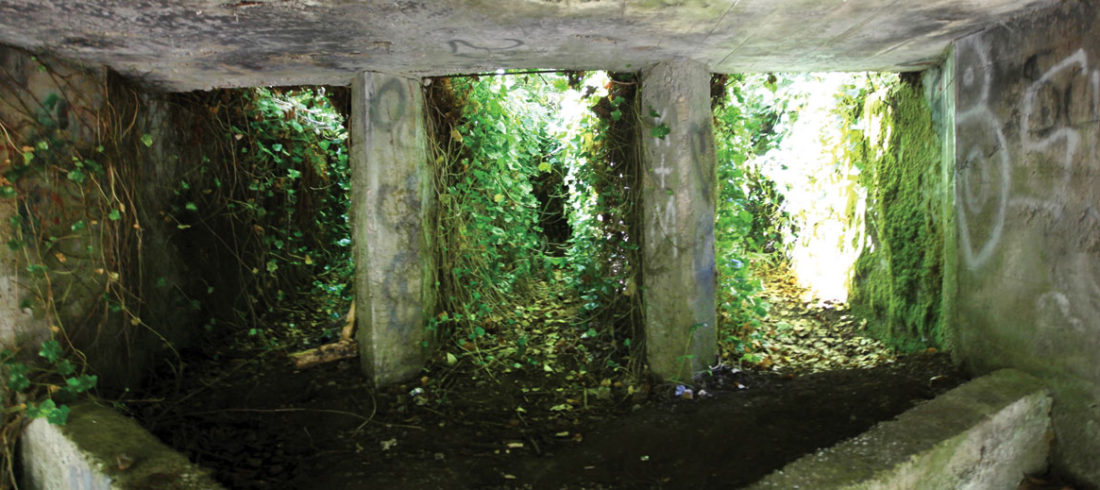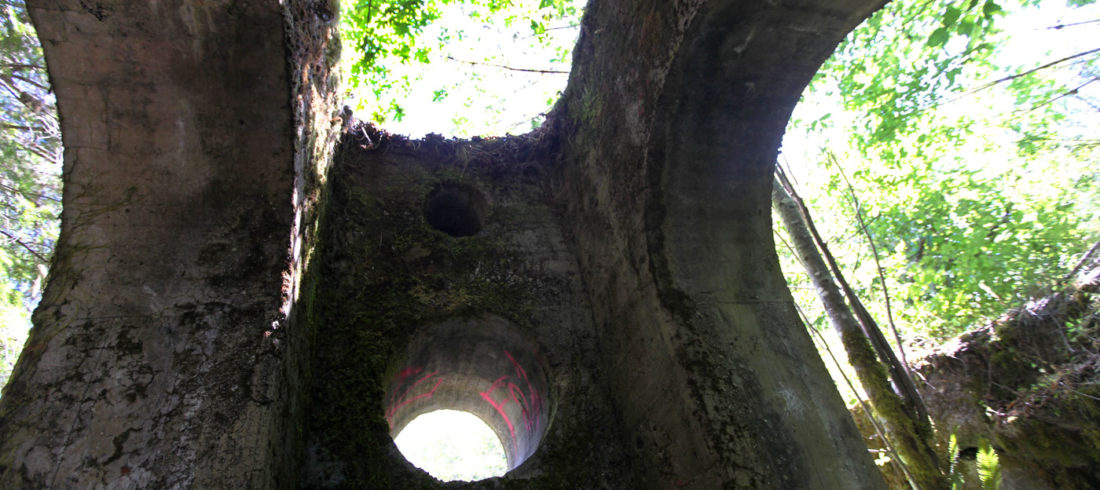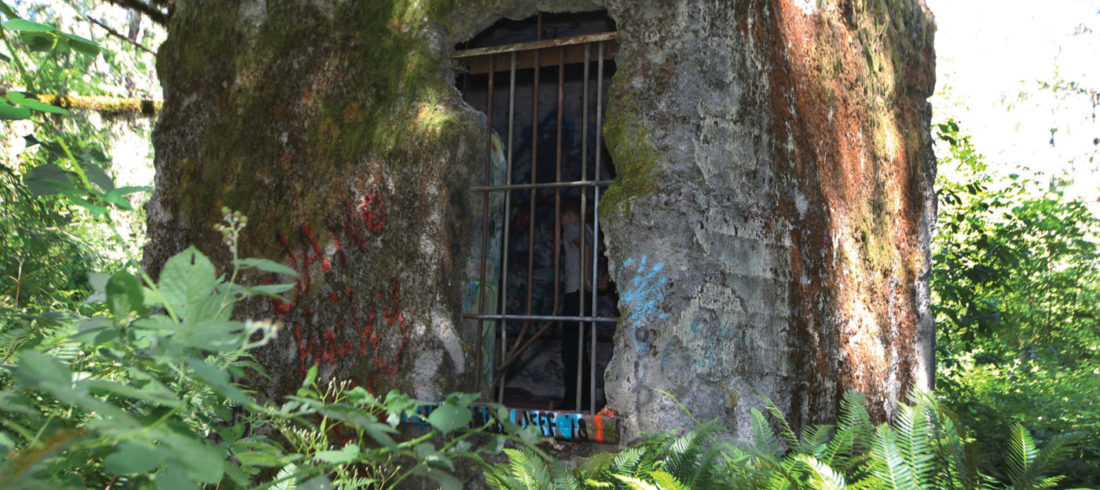In the first half of the 20th century, the Booth-Kelly Lumber Company mill town of Wendling, near Marcola, existed as a community of about 800 residents. Back then, it looked like a lot of other Oregon towns: a mill and the usual smattering of homes and businesses.
Inevitably, as a company-owned town, the mill and the town built to support it were closed down in the ’40s. When timber resources ran low, the mill shut down, the families who lived in Wendling were put out of work, and as a result, they left. Only one home, privately owned, was saved and offered for auction. It was purchased by the Swoffords, making them Wendling’s last family. Later, Georgia-Pacific bought the town site, and the remaining structures were eventually knocked down or moved. Trees were planted, turning the former lumber town back into a forest.

Now, Jay Swofford, a fourth-generation area resident, is working tirelessly to reconstruct Wendling’s story and to share it with anyone who’s interested.
His interest is inspired by his family connection to the town. His father, Loyal Swofford, is almost 90 and has lived in Wendling all his life. Before Loyal got too frail for adventuring through the woods, he and Jay used to go exploring, locating and identifying the sites of Wendling’s abandoned lumber camps, which Jay has recorded on maps. Each discovery sparked more questions, and soon Jay was consumed by a desire to learn all he could about Wendling and the surrounding area to preserve and accurately relate the town’s history.

Jay says he has two goals: “To collect the documented history and the oral histories and make them available to everybody,” and “to get it straight.”
In his efforts to learn as much as possible, Jay has collected every map, newspaper article, photo, city record, home movie, audio tape, diary, and letter he could find about Wendling. However, he believes there are more artifacts out there, and if anyone has anything related to the community, he would love to know. “I want it all,” he insists. He recently received a collection of thousands of photographs of Wendling and the Mohawk Valley. “I’m scanning each one at sizes large enough that I can see everything,” including who’s in the background and what they’re doing, he says. Sometimes, by matching things going on in the pictures with events described in newspaper articles, he can determine the exact dates the photos were taken.

He says anything he hasn’t seen before may provide a critical connection to a whole other string of facts, helping them all make sense. Mysteries can be solved and loose ends tied when that one missing name, date, or event presents itself. It gives Jay great satisfaction to answer some question that’s been gnawing at him for years.
Why does he do it? “I like solving puzzles,” he says. “I need to work on it, to figure it out.”
Ultimately, he plans to digitize as much of his work as he can and share it, for free, through a local agency, such as the Marcola Community Center or a school library.

The town of Wendling has been gone longer than it stood and just about every remnant has disappeared. But, thanks to the efforts of Loyal and Jay Swofford, Wendling will not be forgotten nor its history lost. The town’s last family has made sure of that.
Readers who have stories, photos, or artifacts related to Wendling can contact Jay Swofford at [email protected]


